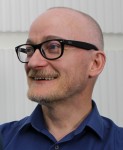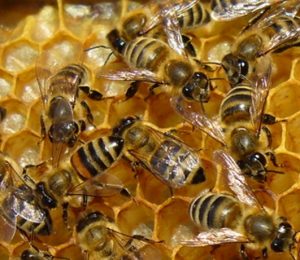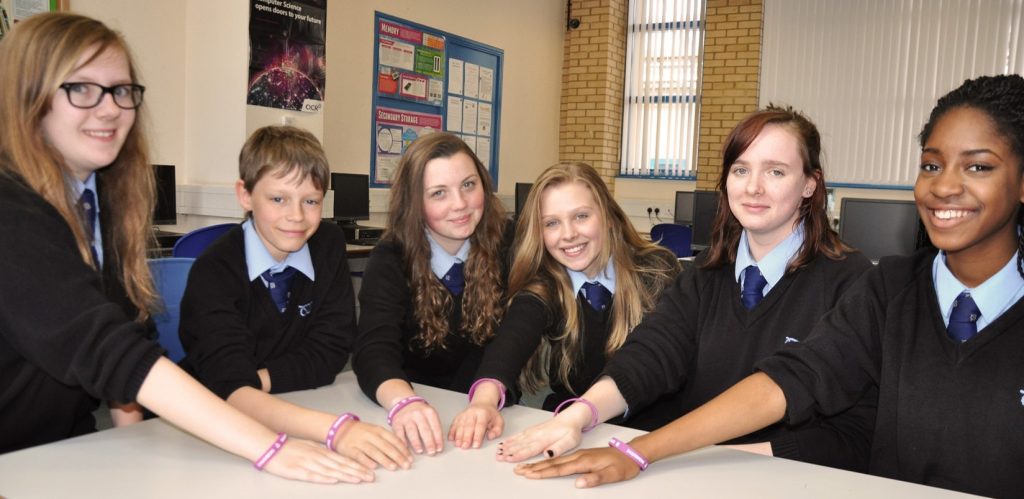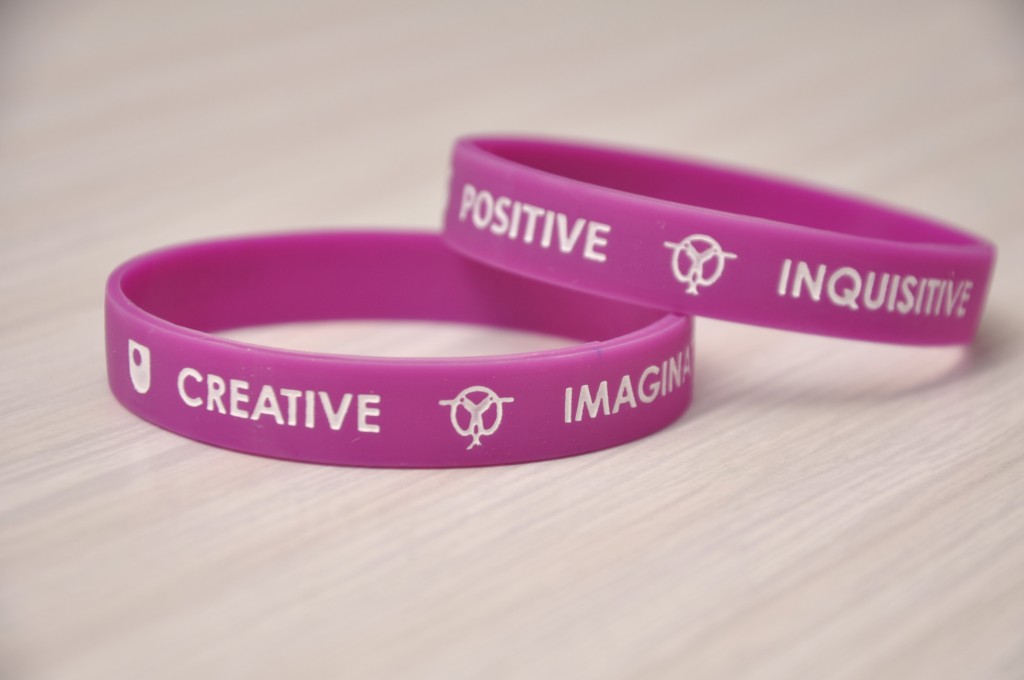
Professor Richard Holliman, The Open University. Credit: Michael Francis.
Over the past four years (2013-2016) researchers at the Open University have been working in partnership with the Denbigh Teaching School Alliance in Milton Keynes.
Through our project, Engaging Opportunities, we sought to work collaboratively and cooperatively coordinating direct engagement between students, teachers, and university researchers in ways that were meaningful to participating stakeholders.
Anthony Steed from Denbigh School and I are putting together a version of the activity that’s described in more detail below for an NCCPE-coordinated event in London. Select SUPI Sharing Workshop if you’d like to download a copy of our slides from this event.
At this event the SUPIs will meet together with anyone interested in school-university engagement with research to share the learning from their respective partnerships with other schools and universities.
If you’d like more details about this event, select: Reimagining School-University Partnerships.
Sharing learning
Representatives from the 12 SUPIs met regularly through the lifetime of this initiative, supported by colleagues from the NCCPE and RCUK’s Public Engagement Team.
At the first meeting each SUPI was asked to prepare a short presentation to address the following question, “What’s the big idea?”

Bees on a honeycomb.
Suffice to say that we pitched an idea to the other SUPIs around the idea of a ‘hive of activity’. We would be organized, busy and productive in our ways of working with the aim of raising the aspirations and life chances of children and young people in Milton Keynes.
Having discussed these ideas at the opening SUPI event, we sought ways to represent this concept. I worked with Mark Russell (a teacher at Denbigh School), Peter Devine (a graphic designer at the OU) and Trevor Collins (an educational technology researcher at the OU) to develop an activity where school students had a voice in how these ideas were represented.
We developed a participatory design approach with six school students to explore perceptions of school-university partnerships held by young people and university researchers, and to develop information resources for schools and researchers that communicate the values underpinning the initiative.
You can find out more about how the activity worked, and download the resources from: Communicating partnership.

The participatory design team from Denbigh School: l-r Lucy Turner, Daniel Roberts, Tiegan Stratford, Emily Banks, Cerys Griffiths, Olusola Ojo. Photo: Mark Russell.
The gift that keeps on giving
I recently ran a version of the Communicating Partnership activity with staff working in the Open University’s Research and Academic Strategy (RAS) Office. If you would like to download a copy of the slides used for the activity, you’ll find them here.
The aims of the activity were twofold:
- to introduce my new role with this diverse office (there are nine sub-units); and
- to promote ways of working within the unit, across the institution, and beyond to include external stakeholders.
We had around 60 minutes for the activity. I decided to use this time to explore the types of attributes that members of the unit would like to see in the key stakeholders they routinely work with, and what they thought those stakeholders would like to see in them.
(Ideally, the stages listed below would be repeated with key stakeholders to gain their perspectives. The results could then be shared across all relevant stakeholders.)
Here’s a summary of the key stages of the activity.
Stage 1
The participants were organized in groups where they normally work/study/engage (delete as appropriate). In this instance, this involved the sub-units within RAS. The stakeholders were many and varied, depending on the sub-unit.
Each group listed their key stakeholder, or stakeholders with whom they are engaging.
As we had multiple groups working through the activity at the same time, therefore I asked the participants to nominate someone to feedback to the rest of the group.

A blank template for the activity.
Stage 2
Individuals in the groups were asked to consider the following questions, completing blank avatars with a single word or phrase. Adding markings to illustrate the words or phrase was optional, with the potential to add another creative dimension.
- What are the positive attributes you would like to see in your stakeholders?
- What are the negative attributes you would not like to see in your stakeholders?
- What are the positive attributes you think your stakeholders would like to see in you?
- What are the negative attributes think your stakeholders would like you to avoid?
Stage 3
Following Stage 2, members of the unit were asked to select the most important attribute for each question, and to discuss the implications of their assessment?
Were there positive attributes that they would like to promote, or negative ones that needed to be addressed.
The spokesperson for each group was asked to feedback one example of their thinking: documenting their stakeholders; a key attribute; the implications of their assessment; and a possible action to address it.
Stage 4
Having identified one or two key attributes the groups were invited to identify actions that they could take forward following the completion of the activity.
Summary
The activity provides an opportunity to think creatively with others and to identify positive/negative attributes for working with stakeholders. It requires that those participating see value in different forms of expertise and experience, and in giving a voice to them.
Inevitably, there will be those who argue the engaging upstream with stakeholders is a luxury. I’d argue that, in effect, this is one example (and there are many others choose from) of a preventative measure to promote cooperation and collaboration, rather than waiting for failures in communication and engagement to emerge that require resolution.

The final product from working with Denbigh School students. The attributes they would like to see in researchers, to be: creative; imaginative; inquisitive; and positive. Photo: Mark Russell.
Acknowledgements
This post describes work funded through the RCUK School University Partnership Initiative (SUPI; EP/K027786/1). I’d like to thanks Mark, Peter, Trevor, Lucy, Daniel, Tiegan, Emily, Cerys, Olusola for helping to develop the activity and the associated resources.
